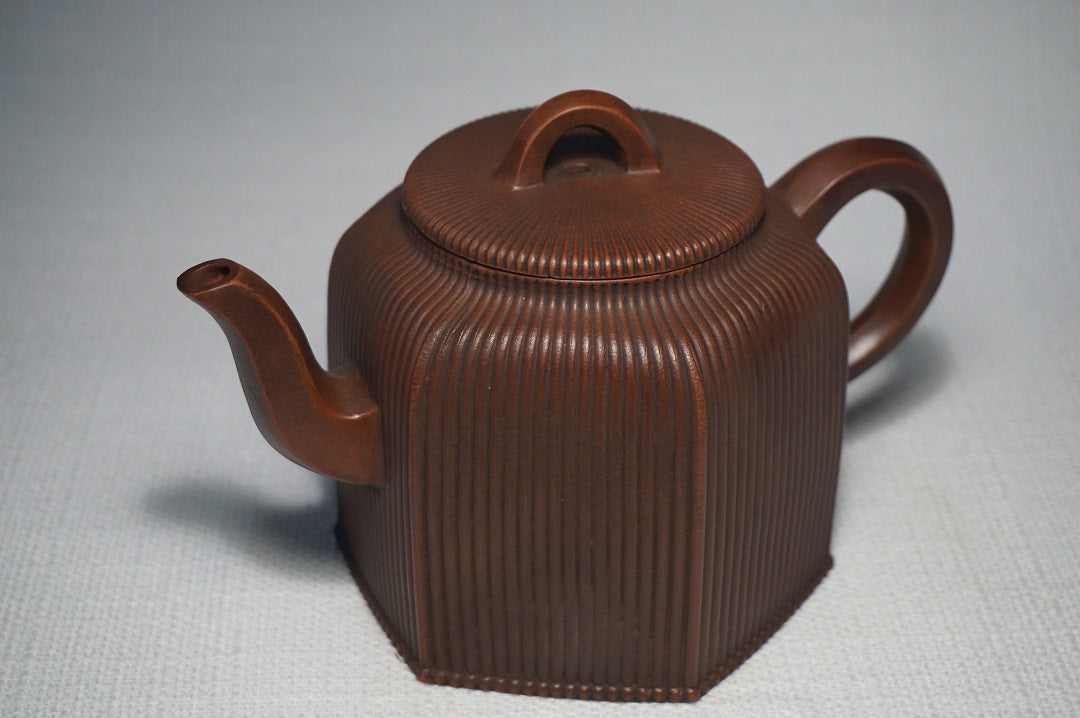About the meaning of Yixing, and what are the origins and history of teapot-making in Yixing.
Pottery has been produced in Yixing, situated to the west of Taihu, the Great Lake in Jiangsu Province, since the Neolithic period. The hills to the southeast of the county are endowed with rich clay deposits, and the centre of pottery-making is located around the small towns of Dingshan and Shushan, now known collectively as Dingshuzhen.
The ‘Pottery Capital’ produces dragon jars of all sizes, vessels, roof tiles, porcelains, and most important of all, the zisha or ‘purple sand’ teapots and objects for the scholar’s table. The term ‘Yixing ware’ generally refers to the latter — teapots and vessels of rustic elegance long sought after by tea drinkers and scholars of China.
Yixing teapots have been made since the 16th century, and there has been a steady stream of known potters since the Wanli period (1573–1619).
How are Yixing teapots made?
Yixing teapots are all hand-made rather than being thrown on the wheel. The hard clay is pounded with a heavy wooden mallet into a slab, and the bodies of the teapots can be made in three basic techniques: segmented teapots are press-moulded; round teapots are paddled, and square teapots are made by the slab method. Specialised tools of wood, bamboo, metal and horn, created through the centuries, are used during the process.
Are there different styles of teapot, and were different styles used for specific types of tea?
There are four main styles. The first style is geometric, such as the round lantern teapot shown below.






















